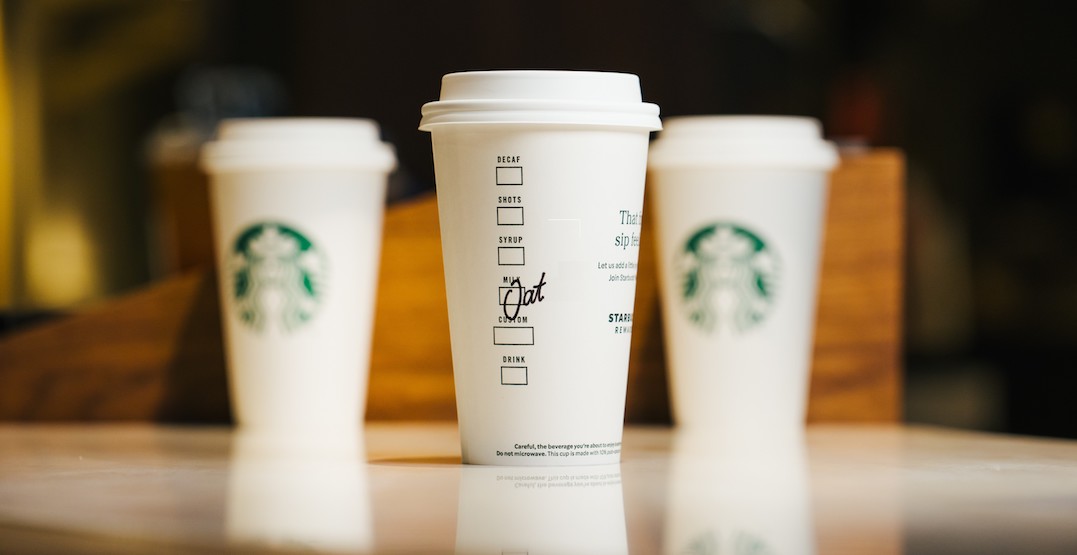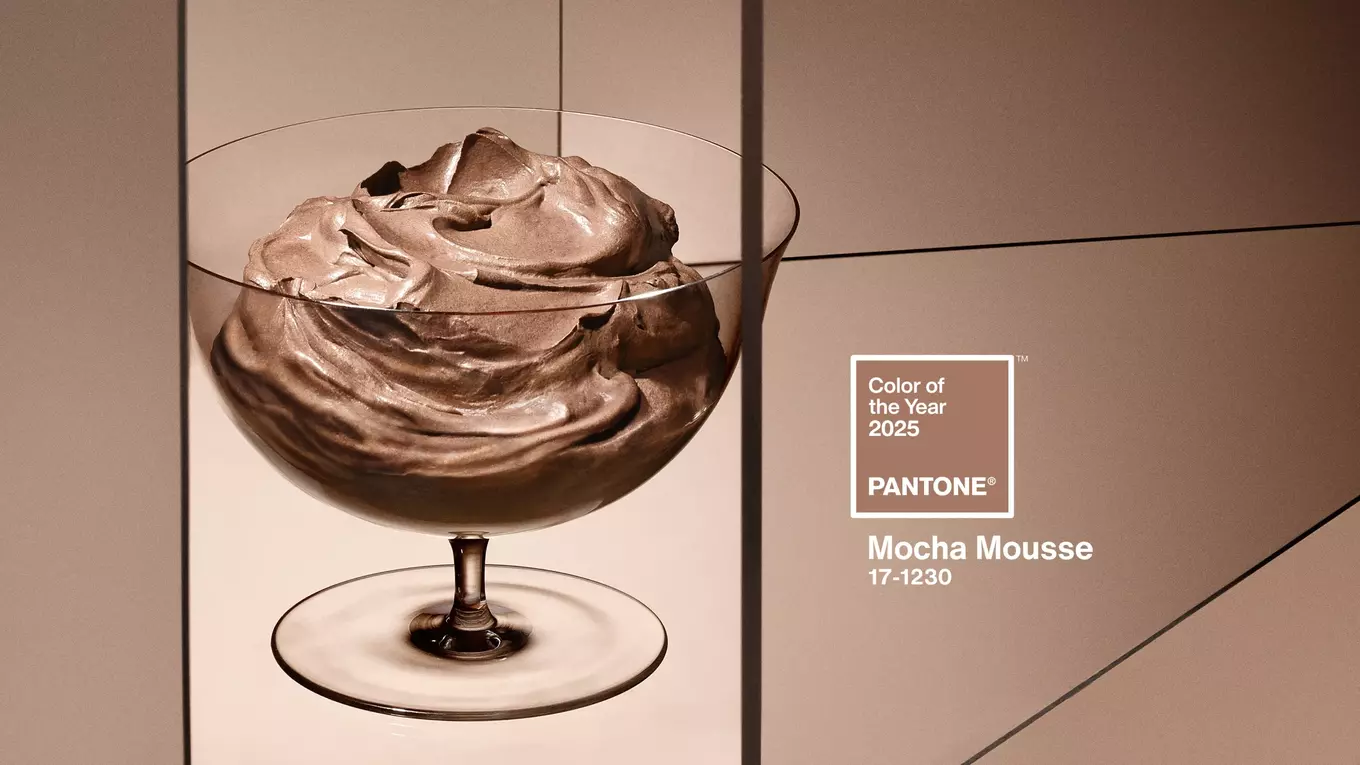Our sense of taste has played a crucial role in evolution, guiding us toward nutritious foods and away from potentially harmful ones. Sweetness signaled a good source of energy, salt helped maintain our body’s water balance, bitterness warned of toxins, and sourness indicated spoilage. Until 1990, it was universally accepted that salty, sweet, sour, and bitter were the four basic tastes. However, scientific advancements over the 20th century revealed a fifth fundamental taste: umami.
Derived from Japanese, “umami” means “delicious taste.” It’s that complex, hard-to-pinpoint meaty, savory flavor you find in many different foods, from mushrooms to tomatoes to soy sauce. It was first discovered back in the early 1900s by a Japanese chemist called Ikunae Ikeda, but it wasn’t officially recognized as a taste until nearly the end of the century. Research published in Nature in 2002 suggested that umami may have an evolutionary purpose, helping us detect amino acids, the building blocks of proteins essential for health.
When we eat, though, we don’t often think about why we taste; we focus on how it makes us feel. And umami undeniably makes food taste richer and more satisfying.
One popular flavor enhancer that triggers umami is monosodium glutamate (MSG). Found in everything from fast food to packaged snacks, MSG often carries a controversial reputation. Many American consumers actively avoid MSG over the fear that it could damage their health. But is that fear justified? Here’s what the research says.
Table of Contents
What is MSG?
MSG is the sodium salt of glutamic acid, a naturally occurring amino acid that is present in many foods, including tomatoes and mushrooms, and even our own bodies. In fact, glutamic acid is one of 11 essential amino acids that our bodies produce on their own.
MSG is essentially a concentrated form of glutamic acid, and it also happens to be very efficient at enhancing umami. It’s often added to processed foods, soups, sauces, and snack foods to make them taste richer and more savory.
“The glutamate in MSG is chemically indistinguishable from glutamate present in food proteins,” notes the Food and Drug Administration (FDA). “Our bodies ultimately metabolize both sources of glutamate in the same way. An average adult consumes approximately 13 grams of glutamate each day from the protein in food, while intake of added MSG is estimated at around 0.55 grams per day.”
Is MSG safe to eat?
The FDA considers MSG to be “generally recognized as safe.” “Although many people identify themselves as sensitive to MSG, in studies with such individuals given MSG or a placebo, scientists have not been able to consistently trigger reactions,” it notes.
This might be surprising to some people—for years, MSG has been widely viewed as an unhealthy ingredient. This negative reputation all stems from one incident in the 1960s when a doctor named Robert Ho Man Kwok wrote a letter to the editor of The New England Journal of Medicine complaining of bad experiences with restaurants serving northern Chinese food.
Kwok claimed that after eating the food, he would experience many different unpleasant symptoms including numbness, weakness, and heart palpitations. He speculated that many different things could have caused the reaction, one of which was MSG.
 Pexels
Pexels
According to business storytelling specialists Anecdote, this caused a “media storm.” “Newspapers around the US and then around the world warned of the dangers of the Chinese Restaurant Syndrome caused by MSG. Chinese restaurant-goers started asking if their meals had MSG and demanding food without it,” Anecdote reports.
Ultimately, Kwok’s letter spiraled into a widespread fear of “Chinese Restaurant Syndrome.”
According to the Merriam-Webster dictionary, this is “a group of symptoms held to affect susceptible persons eating food heavily seasoned with monosodium glutamate.” Following criticism and accusations in 2020 that the term was racist and offensive, the name was changed from Chinese Restaurant Syndrome to MSG Symptom Complex.
It has never been proven that Kwok’s symptoms were caused by MSG, and the concept of MSG Symptom Complex itself is not supported by modern research. “While there are numerous anecdotal reports of MSG symptom complex, research has failed to establish a clear, definitive link between the consumption of MSG and adverse reactions,” Merriam-Webster explains.
According to the Cleveland Clinic, consuming more than three grams of MSG without food might cause some short-term side effects, but this is unlikely to happen, considering that most foods contain less than 0.5 grams of MSG.
 Pexels
Pexels
What are the benefits of using MSG?
Today, MSG is in plenty of foods, and not all of them are healthy—but experts confirm this likely isn’t the MSG’s fault. Foods with MSG include ultra-processed products and fast food items, which often contain very little nutritional value and high levels of saturated fat and sodium.
If you’re cooking from scratch with MSG, it can actually have some health benefits. This is because it offers an umami punch, which reduces the need for added salt. In fact, according to Michelle Chan, a food safety officer for the Hong Kong government, “When used in combination with a small amount of salt during food preparation, MSG has been reported to reduce the total amount of sodium in a recipe by 20 to 40 percent. “
“Studies have shown that it is possible to maintain food palatability with a lowered overall sodium level when MSG is substituted for some of the salt in soups. In those cases, the amount of MSG added to food is less than the quantity of salt being removed from it,” Chan said.
How to use MSG
According to Japanese brand Ajinomoto—which is committed to transforming the reputation of MSG (and had major involvement with the Merriam-Webster dictionary changing the name of ‘Chinese Restaurant Syndrome’)—it’s easy to use MSG when you’re cooking everything from vegetables to whole grains to dressings.
“For everyday use, replace half of the salt in your salt shaker with MSG to reduce the sodium content by about 40 percent,” it advises. “If a recipe calls for one teaspoon of salt, try half a teaspoon of salt and half a teaspoon of MSG, instead.”
Another major advocate for MSG is TikTok’s “Cucumber Guy” Logan Moffitt, who has gained a huge following on the social media app for his cucumber salad recipes. In each recipe, he adds MSG. In fact, “MSG, obviously” has become one of his catchphrases.
For Tia Rains, PhD, a nutrition scientist who works with Ajinomoto, using more MSG to boost the umami in recipes makes perfect sense.
“We haven’t really made a dent in sodium levels in the food supply, at least in the US,” she told CNN recently. “We’ve got a tool to help product developers get there and we’re not using it because of a silly, outdated, xenophobic, and potentially racist negativity around a food ingredient that has been consumed for over 100 years.”







